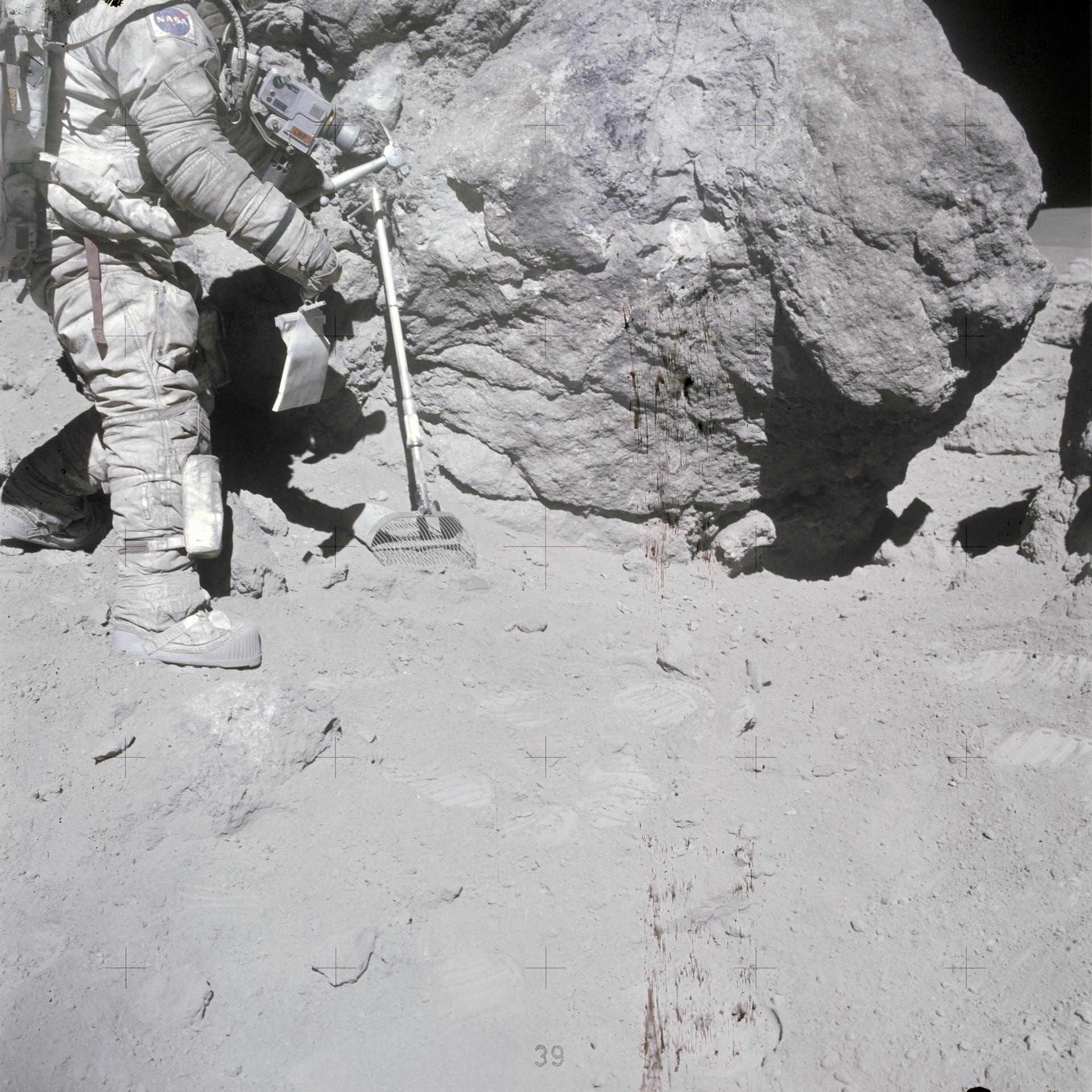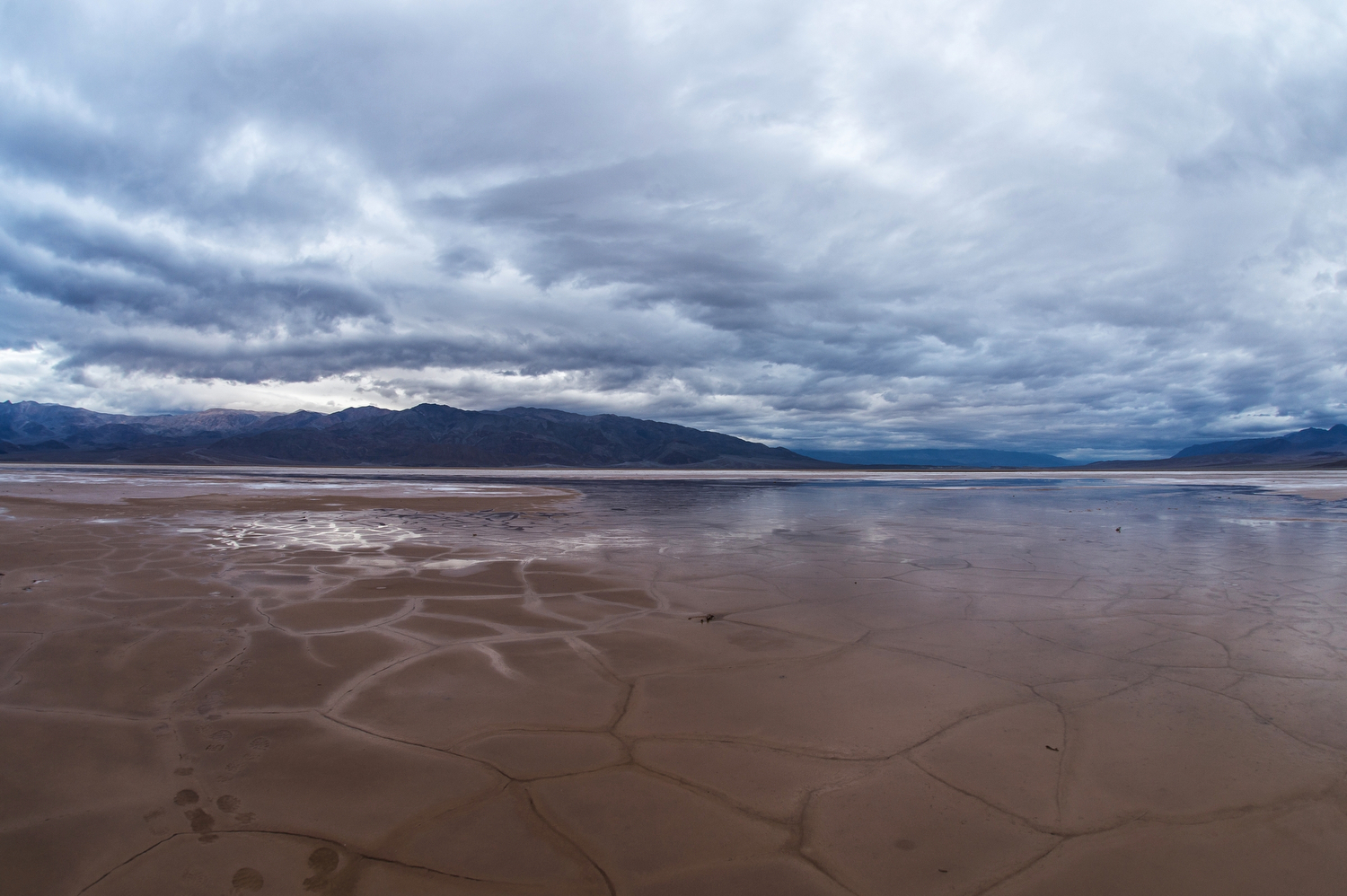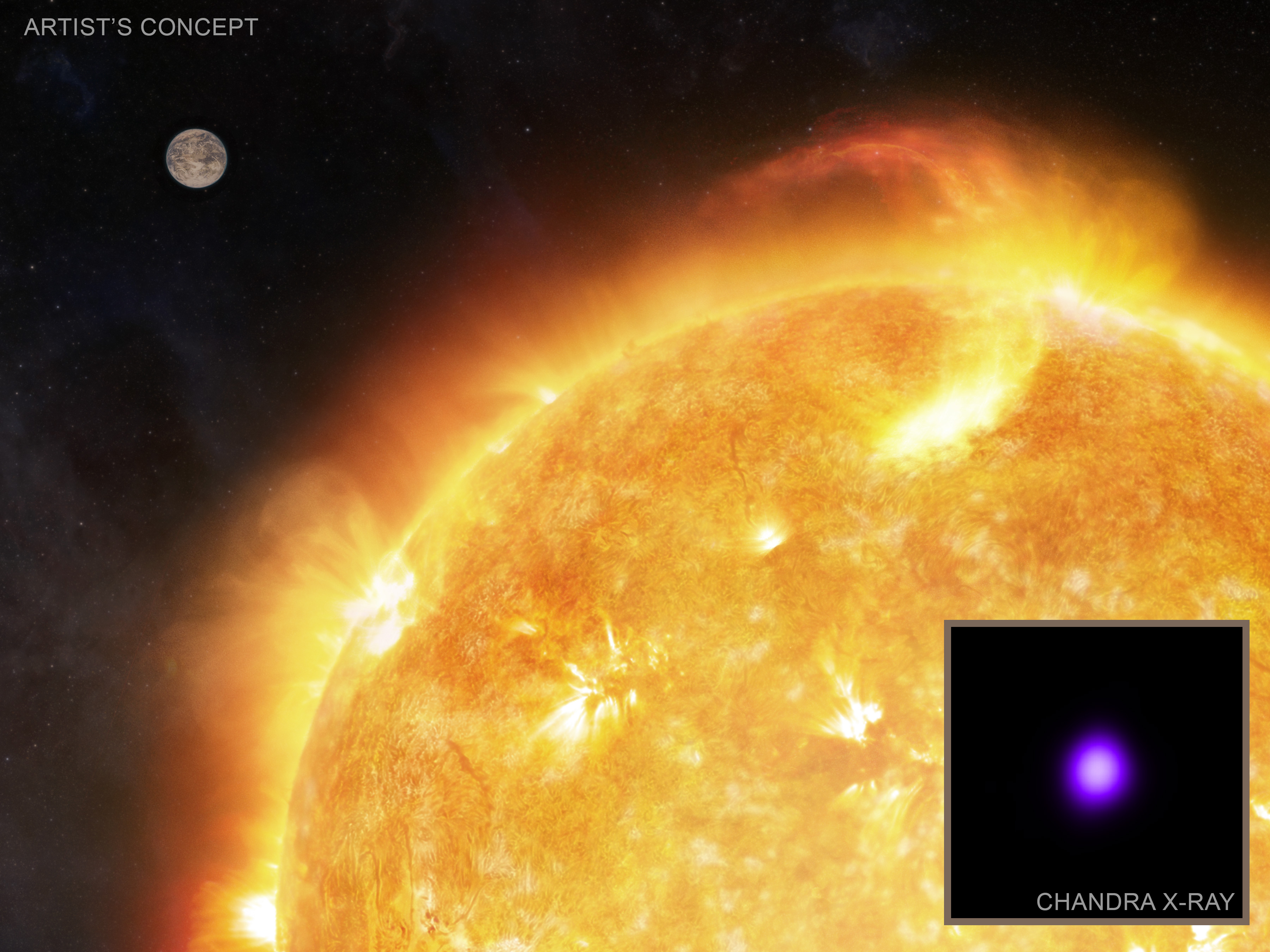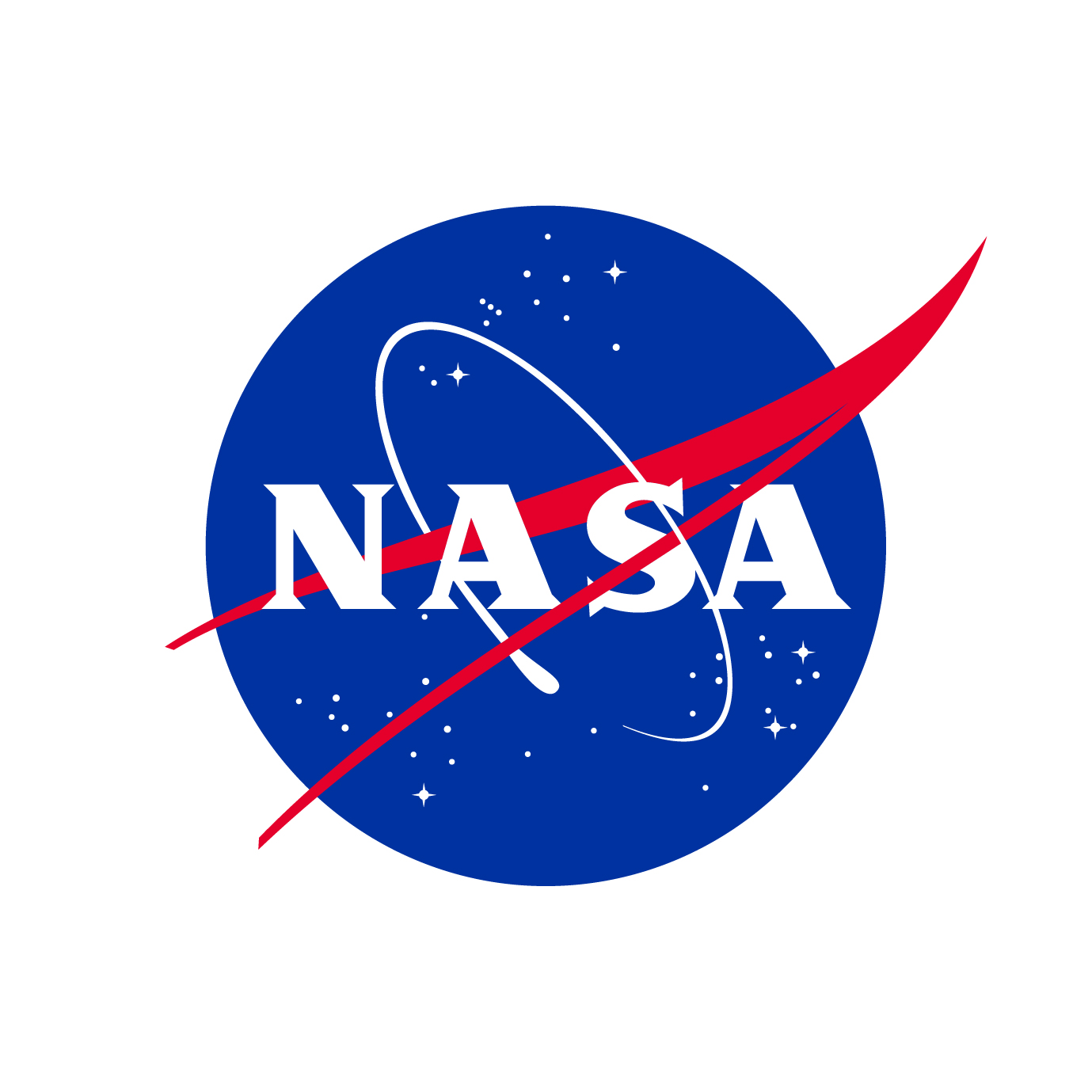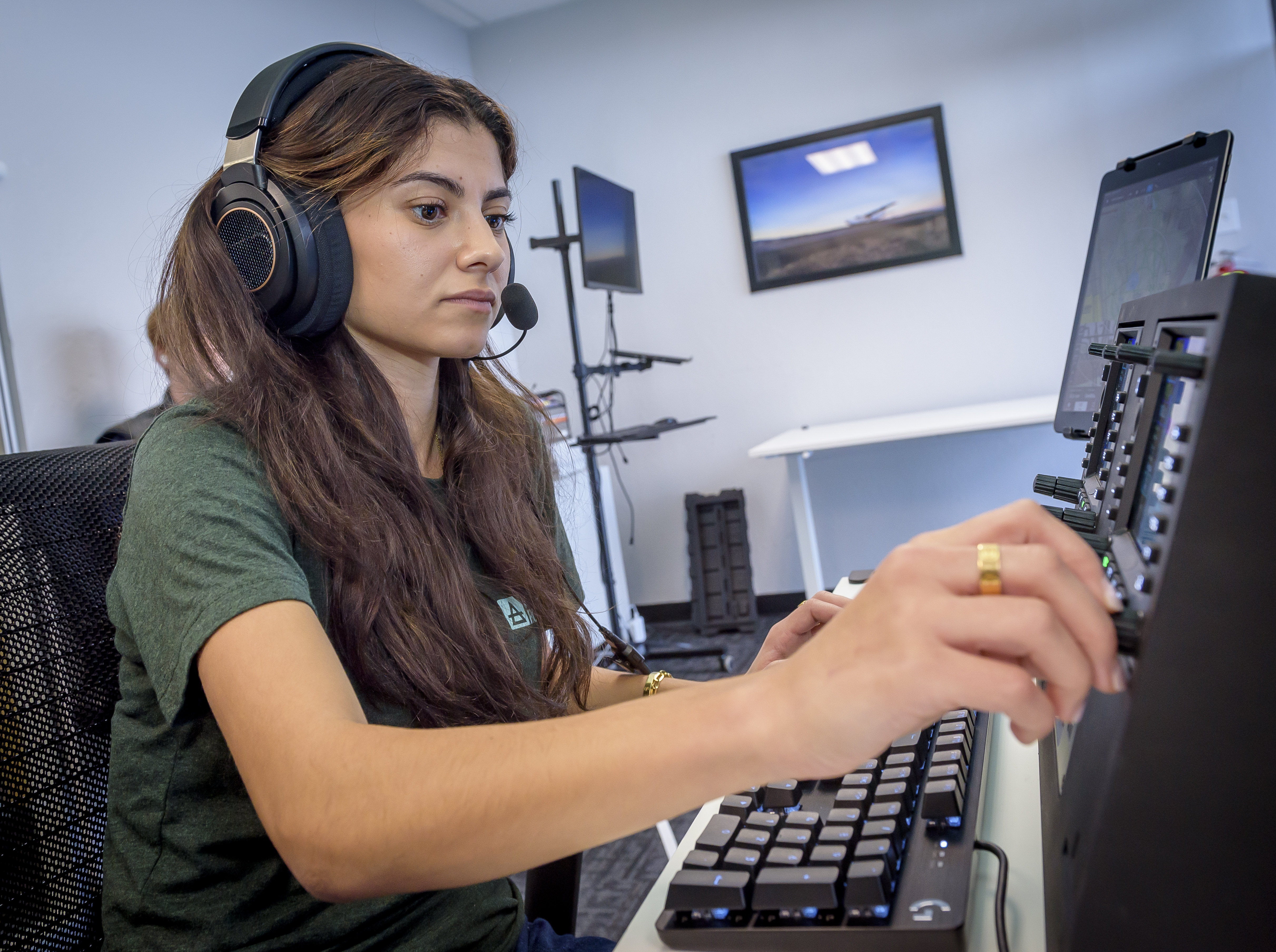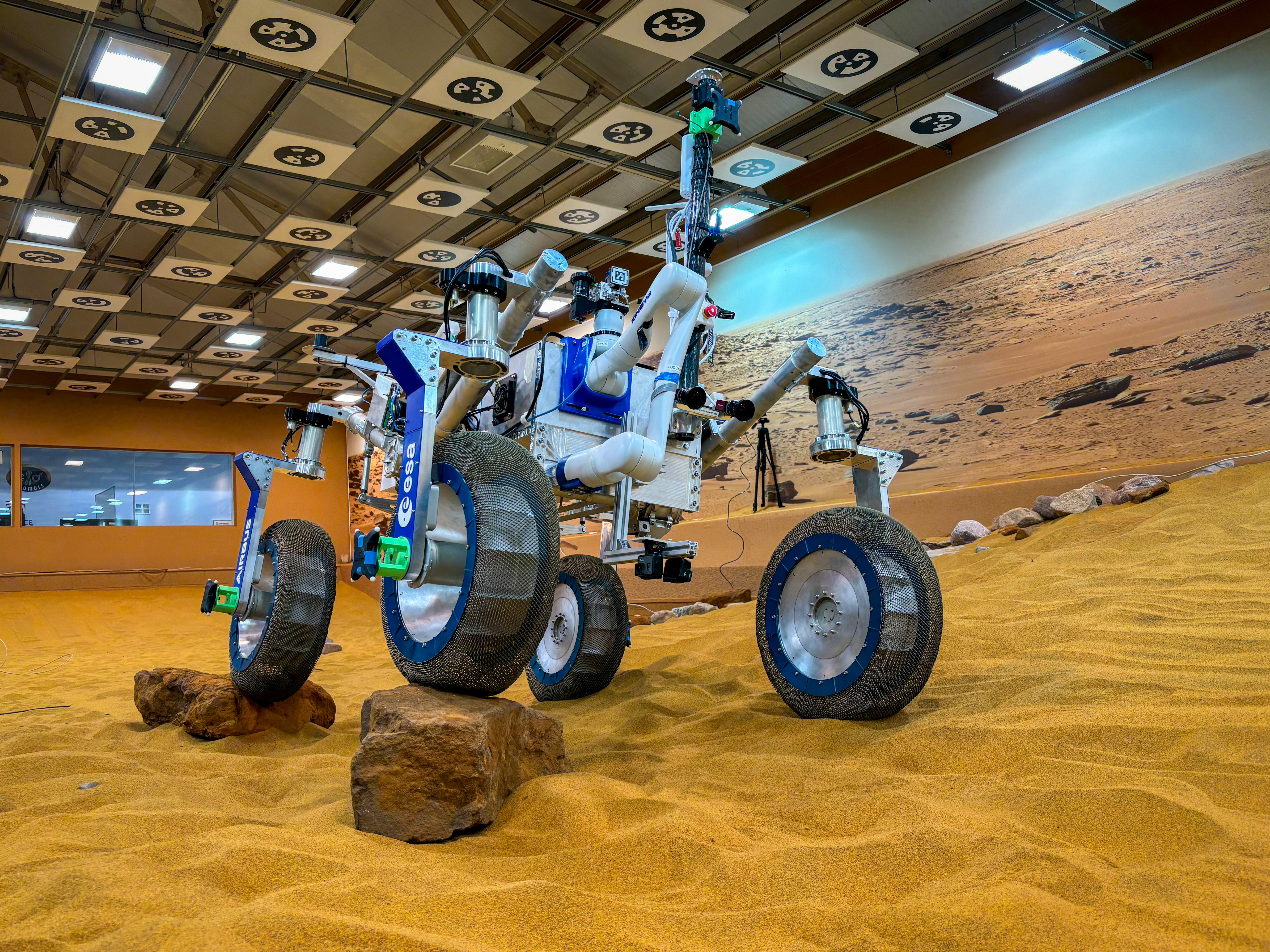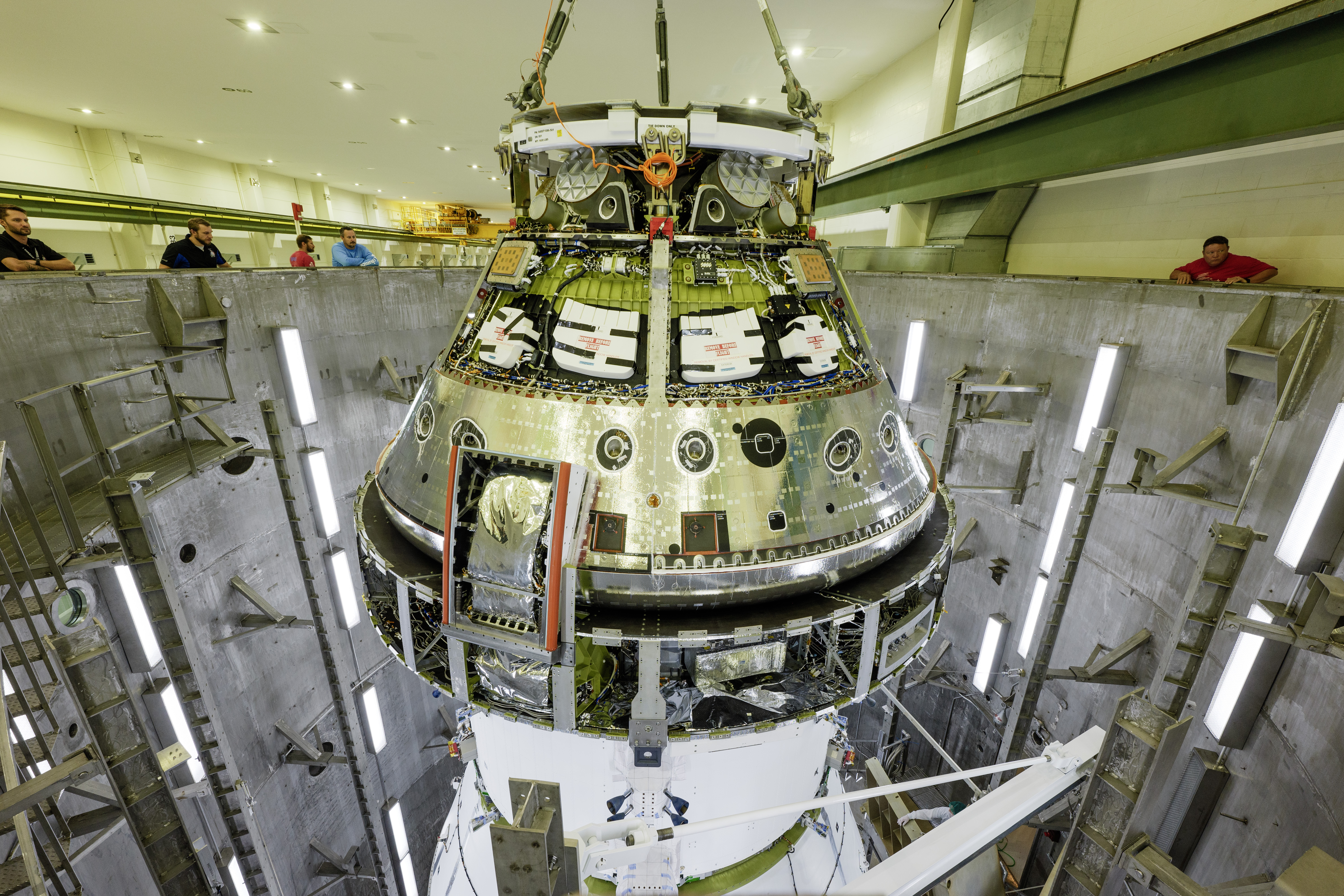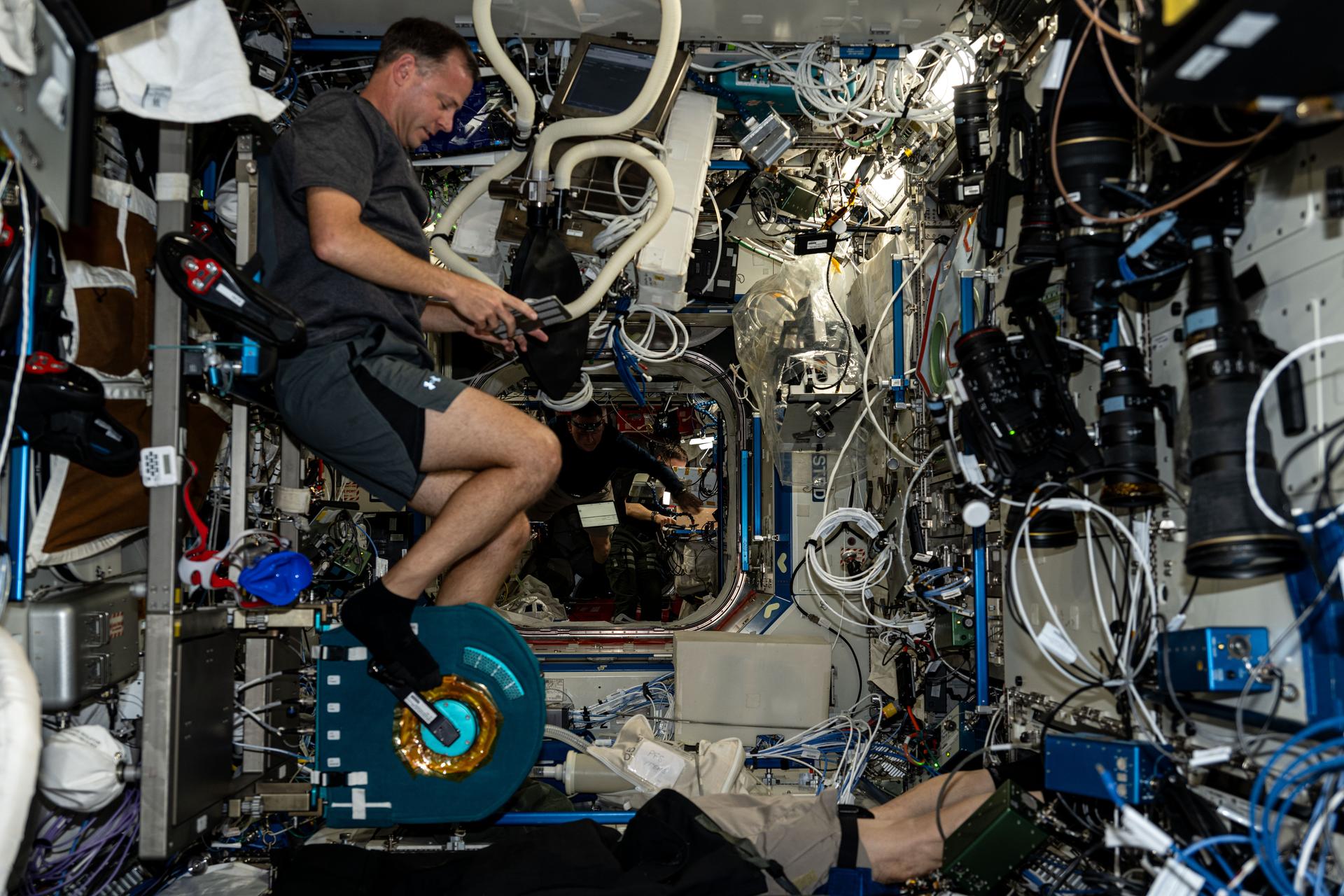Planetary Systems
Our solar system consists of the Sun, whose gravity keeps everything from flying apart, eight planets, hundreds of moons, and billions of smaller bodies – from comets and asteroids to meteoroids and tiny bits of ice and rock. Similarly, exoplanetary systems are groups of non-stellar objects circling stars other than the Sun, and astronomers have found thousands of them.
Construction Zone
The layout of our solar system provided the first clues for how planetary systems come to be. All of the planets circle the Sun in the same direction, and their orbits all lie in nearly the same plane. From this, early astronomers supposed that the Sun formed at the center of a large, flat cloud of gas and dust now called the solar nebula and that the planets formed farther out. This picture has been much refined, but it captures the essential idea – planetary systems are really a side effect of making stars.
Stars form inside vast, cold clouds of gas and dust, stellar factories called molecular clouds. They’re always in motion, and now and then part of a cloud begins to collapse in response to its own gravity. As gas falls toward the center, it heats up and rotates faster, flattening into a disk. The glowing central mass becomes a newborn star, while farther out in the disk solid particles of rock and ice collide and merge to build up ever-larger objects. This protoplanetary disk may extend more than 100 times Earth’s distance from the Sun.
Our solar system began to form about 4.6 billion years ago. Astronomers think small rocky and icy grains within the solar nebula began sticking together, growing into even larger objects. Although the process remains poorly understood, solid objects miles or more across eventually populated the disk. Astronomers call these bodies planetesimals. Within a million years after the proto-Sun formed, collisions among planetesimals created larger bodies called planetary embryos, which were roughly as massive as Mars. After another few million years, radiation from the young Sun and nearby stars dispersed the disk’s remaining gas, leaving behind only solid objects, which continued to collide, shatter, and merge to form the planets, asteroids, and other bodies we see today.

Detecting Disks
Astronomers now routinely observe disks around young stars, either by directly imaging them or by detecting extra light – more than the star alone could produce – emitted by the disk materials. Examples of directly imaged disks include those around the stars AU Microscopii and Beta Pictoris, which both also harbor at least two confirmed planets.
In our solar system, meteorites – space rocks that fall to Earth’s surface – and samples from space missions provide chemical, physical, and magnetic clues about the ancient solar nebula and how planet formation progressed within it.
How Common?
Star clusters contain hundreds of stars that formed at about the same time. In the youngest clusters, those less than a million years old, 80% or more of the stars show strong infrared light produced by warm disks. This percentage drops quickly as the cluster ages increase, which shows that the disks do not survive for more than a few million years. What’s left behind once they dissipate? Roughly 20% of stars similar to our Sun have observable dust at mid-infrared wavelengths, which is thought to be produced by collisions among icy and rocky bodies much like comets and asteroids. Astronomers regard these objects as the leftover materials of planet formation.
Disks to Exoplanets
Since the 1990s, astronomers have found thousands of planets, including stars hosting multiple worlds – true planetary systems. Astronomers refer to a planet beyond our solar system as an exoplanet. Most orbit stars, but some were ejected from their stars by gravitational interactions with other exoplanets, during the hustle and bustle of planetary formation, or nearby stars. These worlds – often called free-floating or rogue planets – now roam the galaxy unbound to any star.
To learn more about exoplanets and NASA’s hunt for them, please visit https://science.nasa.gov/exoplanets/.








